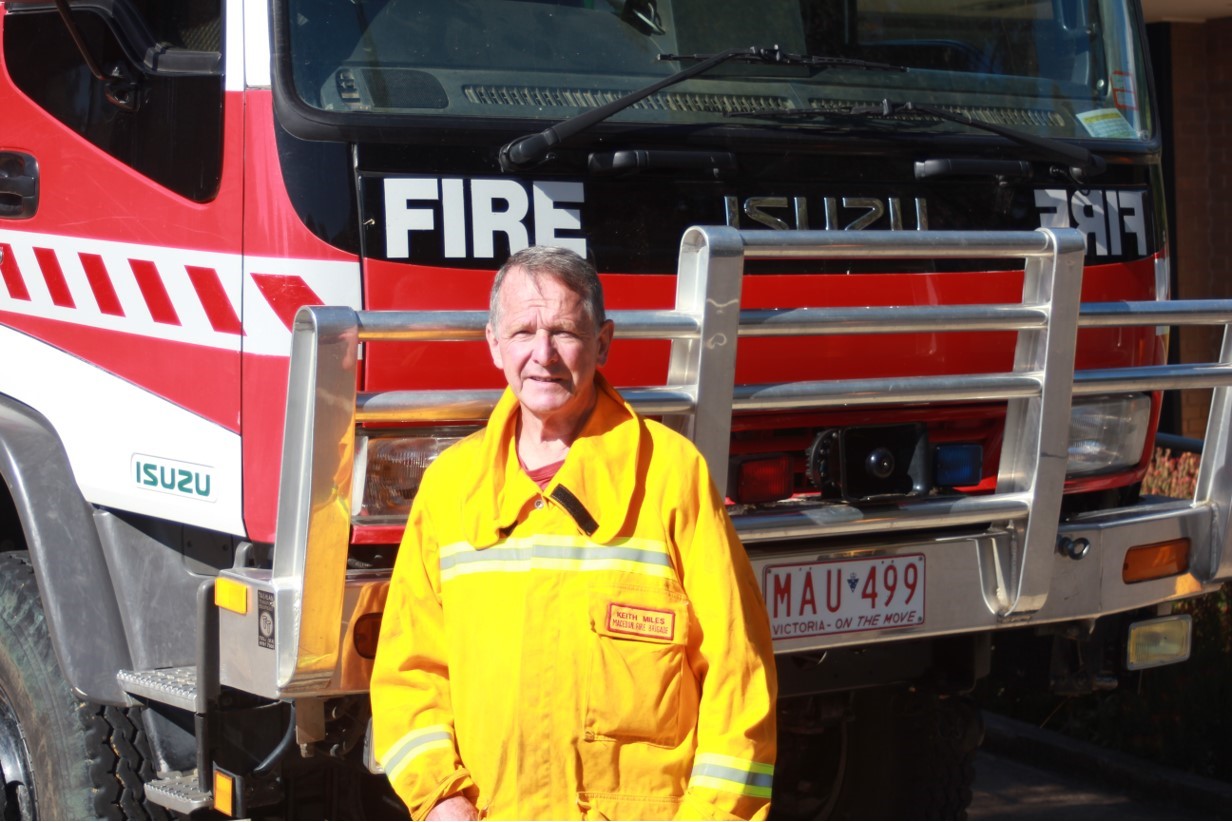
This Thursday, February 16, marks the 40th anniversary of one of the most horrific natural disasters ever to hit this country – the Ash Wednesday fires.
Raging widespread throughout parts of Victoria and South Australia, the Macedon Ranges was one of the areas worst hit by the fire storms.
Locally 379 homes in total were destroyed and seven people were killed by the fire. The town of Macedon and many hectares surrounding it were reduced to ashes. The picture was similar in Mount Macedon township. Homes were also burnt around Woodend. Thousands of hectares of farmland and forest were reduced to ashes and livestock and wildlife killed.
The disastrous events began during an afternoon of intense heat with readings exceeding 40 degrees. Victoria was undergoing a severe drought between April 1982 and the start 1983. At that time it was the driest period on record with paddocks reduced to dust all through winter and spring.
In the morning of Ash Wednesday 1983, a hot and dry northerly airflow from South Australia was strengthening across Victoria. In the afternoon it intensified and ahead of the fire front, the hot, dry airflow continued to strengthen producing gale-force winds.
The blaze began at East Trentham on Wednesday afternoon when powerlines, it is thought, were slapped together by the gale.
The Express (then called The Guardian Express) reported on its front page at the time that “The blaze made its way through the Wombat State Forest to Toolern Vale.
“A wind change, which occurred about 8pm, turned the blaze in a northerly direction.
“This put Gisborne, Macedon, Mount Macedon and Woodend in its path.
“Flames burnt within a kilometre of Gisborne and it was reported 800 people were evacuated from houses in danger.
“The flames continued uncontrolled sweeping towards Macedon and Woodend.
“The blaze left a trail of destruction along both sides of the Calder Highway between the corner of Station Road and the highway, and to Woodend.
“The flames were stopped just outside the Woodend township but Macedon and Mount Macedon were not so lucky.”
A Macedon-based firefighter, who in 1983 had eight years’ experience and who still volunteers with the same brigade, is Keith Miles. He was in Macedon when the fire went though.
He said the Macedon tanker was in Bullengarook dealing with the fire there when the change hit. He said he remembered the sound of the wind and the fire roaring.
“There was quite a glow in the sky,” Keith said. “We heard noises like a train was coming.”
Suddenly the fire was in Macedon.
Keith said there was no ‘fire front’, no line of fire that could be fought.
The town was bombarded by ember attack,” Keith said. He said it seemed that everything “combusted at once”.
“It was daunting and scary, something you didn’t get trained for,” Keith said.
“There was no direction of the fire. Things were happening all around you.”
With power supply very limited, water supply was also down in the town. It’s now famous that many of the town people who could not get away sought refuge in the hotel, which firefighters protected from the heat and flames.
Keith recalls the use of buckets of swimming pool water to keep the hotel and those inside safe from the inferno. Everyone was saved and the hotel is still there.
Later that night, after reaching the top of Mount Macedon, the fire was controlled due in no small part to a ‘fire break’ caused by another large fire that had burnt out a considerable area on February 1.









